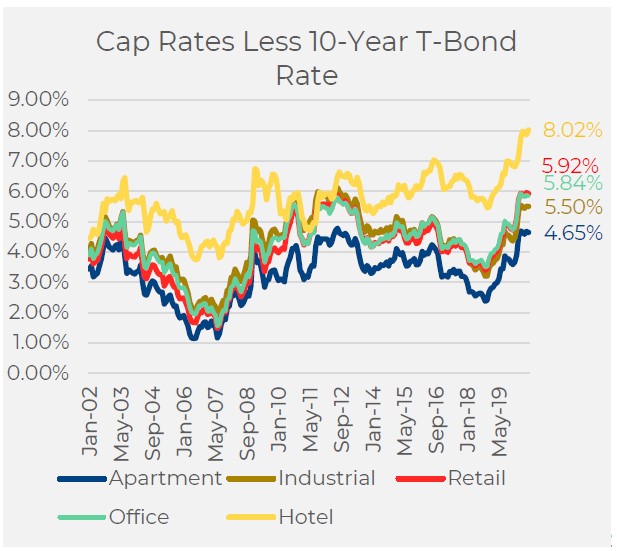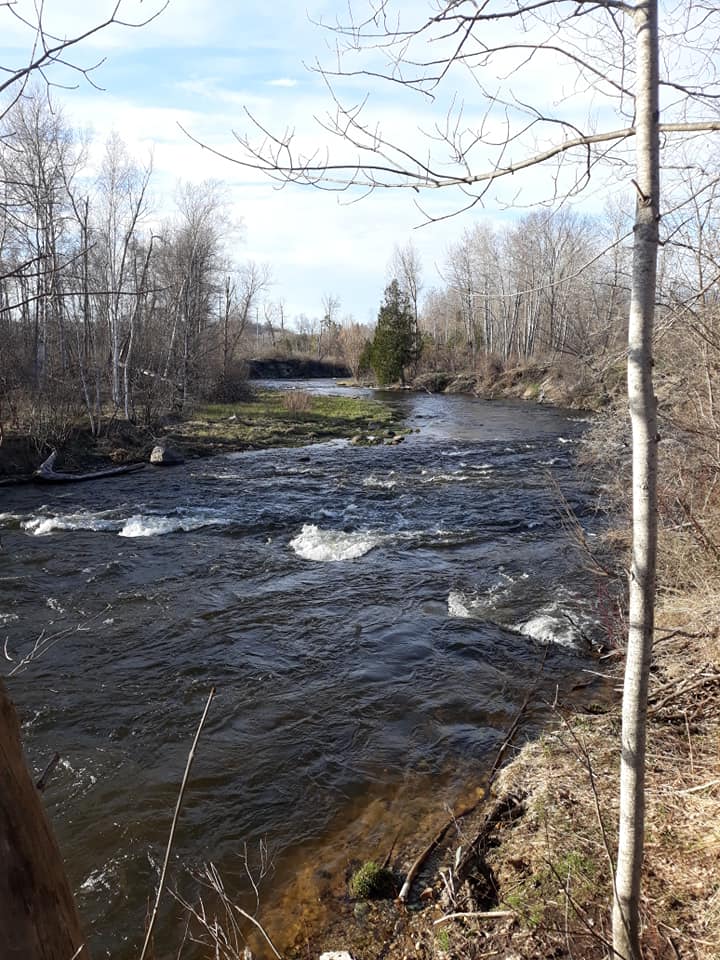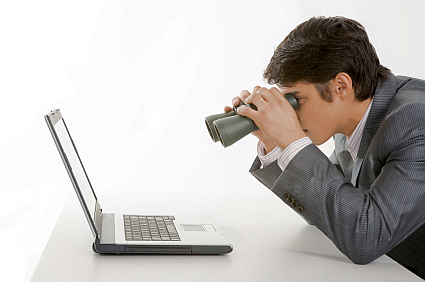2019 broke the decade long trend of rising prices in commercial real estate in our area. For the first time in 10 years, the average sale price and price per square foot dropped below the sales prices of the previous year. This is easily explained by the huge jump we saw in pricing in 2018, since 2019 was still a solid increase over 2017. In the first part of 2019, we continued to see record-high sales of buildings that were being purchased for medical marijuana use, with the top sales of over $400 per square foot. 13 medical marijuana licenses were awarded in May 2019 and the competition was so great (over 60 applied for licenses) that sales for this use in 2018 & 2019 skewed the averages with record-high prices paid for buildings with compliant zoning. If we excluded these sales for the past two years, we would have seen commercial pricing continue to climb at a more even rate over both years. This is supported by the fact that the residential market was up for the year in both number of sales and average sale price compared to the previous year.
As reported in Northern Great Lakes Realtors MLS (NGLRMLS), there were 67 commercial properties sold in Grand Traverse County in 2019 (an increase from 59 the prior year). The average price decreased 21% from $625,000 to $516,000 and the median price decreased a similar amount (18%) from $400,000 to $339,000. Within the larger 5 county area (Grand Traverse, Leelanau, Antrim, Kalkaska & Benzie Counties), we had total commercial sales of 122 properties, which was down 10% from the prior year, with average and median sale prices decreasing 5% and 10% respectively.
Below is a breakdown of the commercial sales reported in NGLRMLS into the subcategories of industrial, office, retail, multi-family and vacant land. This helps gain a better understanding of the values and trends of our commercial real estate based on each property type.
Industrial/Warehouse Buildings
The Industrial market remains in tight supply and outperformed the general commercial market. Manufacturers and warehousing companies continue to do well and have a need for additional space to meet rising demand in a growing economy. Due to this demand and a sharp increase in construction costs, the average price in GT County increased to $61/SF and the average price for the 5-county area went up to $57/SF. This represents a 7% and 29% increase from the previous year and was one of the few categories to continue an upward trend.
Office & Medical Office
The office market saw the biggest dip in values. While 2018 showed the largest increase and spike in pricing, in 2019 the average price in Grand Traverse County dropped 14% to $109/SF. The 5-county average sale price of $112/SF was a decrease of 25% from the previous year. The reason the 5-county area had a higher sale price both years was due to multiple condominium units selling in the Gateway building, which is located in the Traverse City limits, but a section that is considered Leelanau County.
No Medical office buildings were reported as sold in 2019, while one medical office condo was sold. Although the price per square foot was up 20% to $159, one sale is not enough data to rely on any trends. Medical buildings continue to be difficult to sell as medical practices continue to be bought by Munson hospital and are going through a consolidation period.
Retail
Out of 11 retail sales in Grand Traverse County this year, 7 were mixed-use downtown buildings and 2 were sold for medical marijuana. The popularity of these two categories caused the average sale price to spike to a whopping $204/SF, a 92% increase from 2018. The 5-county area increased by 50% to $160/SF, again skewed by the downtown properties. While downtown Traverse City has become the hotspot for development and record land prices, traditional retail spaces in other areas continue to face downward pressure from consumers buying more online and less in retail stores.
Multi-Family Housing
This has been the strongest sector on a national scale and our area is no exception. 74 apartment units sold in 2019, up 14 from the previous year. The average price per unit was $102,000 up 19% from 2018. The average price per square foot increased by 23% to $118. Many new multi-family developments are being constructed and occupancy has been strong. There are not very many sellers in this category, or the sales would have been much higher.
Vacant Commercial Land
Development continues at a fervent pace throughout the downtown district. Financial institutions and residential short-term rentals are fueling demand. For the last few years, there was a wide range of pricing. While the low end, on the outskirts of the county, continue to sell in the mid $2,000/acre range, the high end, for downtown sites, continues to skyrocket. NGLRMLS reported sale prices of up to $80/SF for vacant land in the central business district an increase of 250% from last year’s high. In addition to the reported sales, there were multiple sales that occurred off market, one at over $300 per square foot! The sites commanding the highest prices are the ones that can be built the highest (60 feet) and zoning does not require any parking to be on site.
Leasing Activities
Leasing activity in Grand Traverse County decreased 27% last year with only 96 new leases reported. While there were more spaces that became available for lease last year, quality and pricing continue to be the issue for tenants looking for new locations. The days on market for new lease space decreased from 269 days to 201 days on average. This shows that when good locations came on the market at reasonable prices, tenants were faster to act and sign leases for those spaces.
Days on Market
Overall the days on market for all commercial properties decreased significantly in 2019. The average commercial property was on the market for 181 days last year compared to 303 days the year before. Part of this may be attributable to more off-market sales being reported in NGLRMLS (which shows up with a low number of days on the market). However, the other likely reasons are that competition for high-quality buildings and buyer confidence has empowered buyers to act faster when a quality property comes to market.
2019 ended strong and I want to say thank you for all the referrals this past year! Your support means a lot and I was pleased to be involved in one out of every four sales and lease transactions in Grand Traverse County this past year. I couldn’t have done it without you!
Dan Stiebel, CCIM

 Facebook
Facebook
 X
X
 Pinterest
Pinterest
 Copy Link
Copy Link




 When purchasing any commercial property, it is important to know the history of that property and find out if there might be contamination that could affect future plans or occupants of the property. In order to thoroughly evaluate a property and protect a new owner from liability for existing contamination, it is important to conduct what is called a “Phase 1 Environmental Site Assessment (ESA)”.
When purchasing any commercial property, it is important to know the history of that property and find out if there might be contamination that could affect future plans or occupants of the property. In order to thoroughly evaluate a property and protect a new owner from liability for existing contamination, it is important to conduct what is called a “Phase 1 Environmental Site Assessment (ESA)”.
 Your real estate broker may know of an off-market opportunity that is just right for you. A “pocket listing” refers to a situation where a broker has a signed listing agreement with a seller but agrees not to publicly advertise the property for sale or enter it in the multiple listing service (MLS). This may be used for celebrities who do not want the public to know about their homes or sellers that want an above market price for their properties but do not want them in the MLS accumulating Days on Market (DOM) and looking stale. It is also sometimes used by agents to avoid sharing commissions although the growth of this practice has led the
Your real estate broker may know of an off-market opportunity that is just right for you. A “pocket listing” refers to a situation where a broker has a signed listing agreement with a seller but agrees not to publicly advertise the property for sale or enter it in the multiple listing service (MLS). This may be used for celebrities who do not want the public to know about their homes or sellers that want an above market price for their properties but do not want them in the MLS accumulating Days on Market (DOM) and looking stale. It is also sometimes used by agents to avoid sharing commissions although the growth of this practice has led the